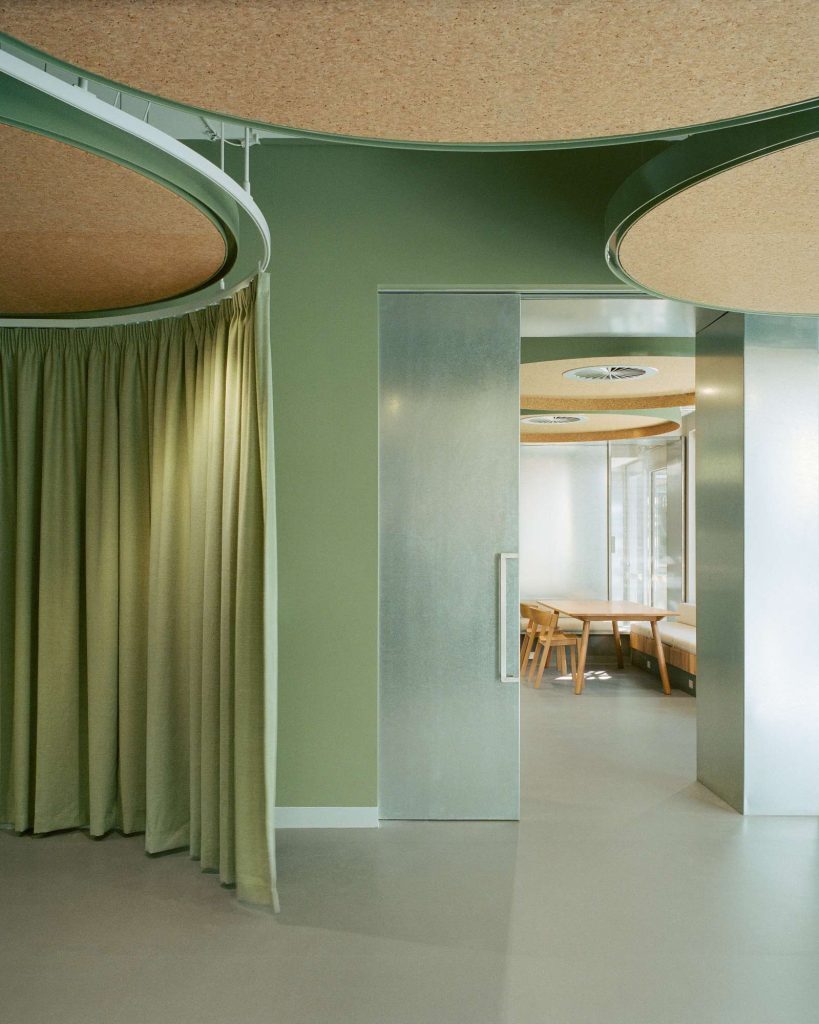
Melissa Bright named IDEA 2024 judge
Melissa Bright named IDEA 2024 judge
Share
Melissa Bright, principal and design director of architectural practice Studio Bright, will join Davina Bester on the jury of the 2024 Interior Design Excellence Awards (IDEA).
Early bird entries to IDEA are open now until Sunday 14 April 2024.
Now in its 22nd year, IDEA is Australia’s longest-running independent architecture and interior design awards program with winners selected annually by a panel of seven expert industry judges.
Melissa Bright is no stranger to the program. Studio Bright took home the Residential Single trophy in 2015 for the project, Local House. The practice also received the Institutional award in 2022 for Monash Robotics Lab and topped the Event category in 2023 for the exhibition design of ‘Barbara Hepworth: In Equilibrium’, alongside earning a host of shortlist accolades over the years.

Bright also fondly recalls serving on the IDEA jury in 2016 alongside the likes of interior designer Greg Natale.
“Greg Natale and I are so different, but I loved it – we often agreed!” Bright says.
“It was really nice that you could come from such a different perspective in terms of your own work, but find real agreement and appreciation of other people’s work in the same way.”
The Studio Bright approach
While her projects might all “look different”, Bright says a similar process always plays out behind the scenes.
Operating out of a quaintly converted barn on the banks of Melbourne’s Yarra River in Kew, her team takes a “consistent approach” – whether that be to single residences, schools, social housing and even a contemporary chapel – rather than applying any kind of recognisable style. They aim to design enduring projects that respond to the needs of their users and are generous to the wider context.

“There are a lot of the houses that, in some ways for me, feel like they’re trying to be bigger than a house – so little city-making projects,” she explains.
“And a lot of the bigger projects, to me, are trying to have a residential quality that works at a very human scale” .”
Studio Bright wins at IDEA 2023 with first attempt at exhibition design
Despite a diverse portfolio over 18 years as a studio, ‘Barbara Hepworth: In Equilibrium’ was Studio Bright’s first attempt at exhibition design. It was an intentional shift away from the white cube gallery look toward rich textures and colours that evoke sensory qualities and complement artwork materials.
“I think that there was a feeling previously that you had to stay mute – the gallery should be entirely mute to allow you to see the work,” Bright says of traditional exhibition design.
“Now I think that you can see more clearly that sometimes a work not being white allows you to experience it in a more authentic way.”

Barbara Hepworth: In Equilibrium. Photo: Rory Gardiner
At the same time, Bright stresses the importance of restraint and knowing one’s place as an exhibition designer.
“Our work is there as a background to an artist’s work and to allow that to be viewed and experienced,” she says.

What is Bright looking for at IDEA 2024?
Bright will be searching for projects that “do more with less” among this year’s IDEA entries.
“I am always impressed by the projects that manage to almost punch above their weight in terms of budget or tricky problems that get resolved really well,” Bright says.
This is particularly pertinent in the context of cost increases and material shortages in the construction industry, she says.
“I think that in some ways, the age of excess needs to be reined in. The pressure on projects is hopefully helping us to be more conscious of resources and the things that we use.”
Overall, Bright will have an eye out for courageous projects and designers at IDEA 2024.
“I just love seeing some of the really brave interior design work that’s way more brave than we would ever be.”
Lead image supplied by Studio Bright.
You Might also Like
























